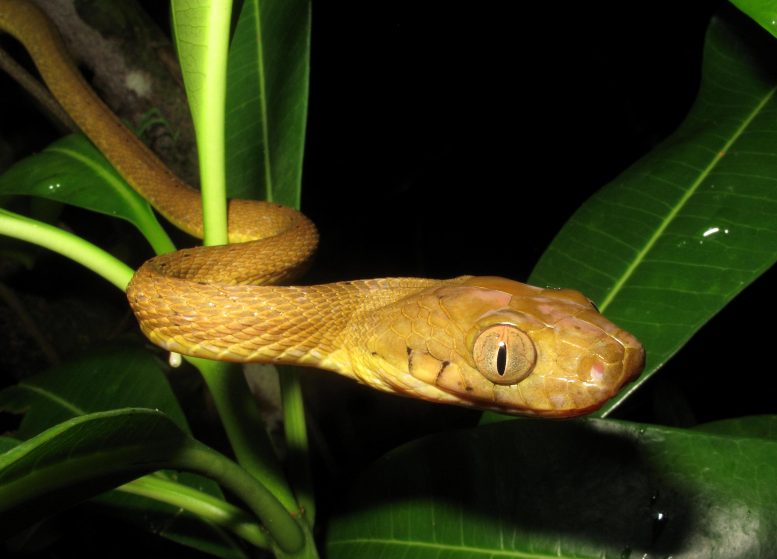
This photo shows a brown tree snake in a tree. Credit: Bjorn Lardner, United States Geological Survey
Researchers reporting in Current Biology on January 11, 2021, have discovered that invasive brown tree snakes living on Guam can get around in a way that had never been seen before. The discovery of the snake’s lasso-like locomotion for climbing their way up smooth vertical cylinders has important implications, both for understanding the snakes and for conservation practices aimed at protecting birds from them.
“Our most important finding is a new mode of snake locomotion,” says co-senior author Julie Savidge of Colorado State University (CSU). “Only four major types have been recognized for nearly 100 years, and we have discovered a fifth mode.”
The discovery of a fifth mode of locomotion — in additional to the known rectilinear, lateral undulation, sidewinding, and concertina modes — was a matter of serendipity. Savidge was working on a project aimed at protecting the nests of Micronesia starlings, one of only two native forest species still remaining on Guam.
People accidentally introduced the nocturnal snakes to Guam in the late 1940s or early 1950s. Shortly thereafter, bird populations started to decline. It’s now recognized that the invasive snakes have decimated forest bird populations on the island. They are also responsible for extensive damage and many power outages across the island each year.
This video shows a brown tree snake lasso climbing. Credit: Thomas Seibert
“Most of the native forest birds are gone on Guam,” says Savidge. “There’s a relatively small population of Micronesian starlings and another cave-nesting bird that have survived in small numbers.”
“Understanding what brown tree snakes can and cannot climb has direct implications for designing barriers to reduce the dispersal and some of the deleterious effects of this highly invasive species,” says co-senior author Bruce Jayne of the University of Cincinnati.
“For example,” adds Thomas Seibert, also at CSU, “given that brown tree snakes can use lasso locomotion to defeat poles or cylinders of a certain size, we can design baffles to better protect bird houses used for restoring some of Guam’s birds.”
In the new study, the researchers were attempting to use a three-foot-long metal baffle to keep the brown tree snakes from climbing up to bird boxes. The same baffles have been used to keep other snakes and raccoons away from nest boxes in the yards of birdwatchers. But, they soon found, their ability to deter brown tree snakes was rather short-lived.
“We didn’t expect that the brown tree snake would be able to find a way around the baffle,” Seibert says. “Initially, the baffle did work, for the most part. Martin Kastner, a CSU biologist, and I had watched about four hours of video and then all of a sudden, we saw this snake form what looked like a lasso around the cylinder and wiggle its body up. We watched that part of the video about 15 times. It was a shocker. Nothing I’d ever seen compares to it.”
Jayne explains that snakes typically climb steep, smooth branches or pipes using concertina locomotion, bending sideways to grip in at least two places. But lasso locomotion is different. Using the loop of the “lasso,” the snakes form a single gripping region.
By recording and carefully analyzing high-resolution video of this new climbing method, the researchers found that the snakes have these little bends within the loop of the lasso. Those bends allow them to advance upwards slowly, by shifting the location of each bend.
That’s not to say this way of climbing isn’t a struggle for the snakes. In the process of their lasso locomotion, the researchers observed the snakes moving quite slowly. They also slip often, stop to rest, and breathe heavily.
“Even though they can climb using this mode, it is pushing them to the limits,” Jayne says.
Savidge and Seibert say they hope to continue with the development of a baffle that brown tree snakes can’t get around, which could then be used on Guam for bird restoration. Jayne plans to further test what brown tree snakes can and cannot traverse. He also wants to test the limits of the locomotor abilities of other snake species and learn more about the anatomy and physiology involved.
Read Scientists Discover Bizarre New Mode of Snake Locomotion for more on this research.
Reference: “Lasso locomotion expands the climbing repertoire of snakes” by Julie A. Savidge, Thomas F. Seibert, Martin Kastner and Bruce C. Jayne, 11 January 2021, Current Biology.
DOI: 10.1016/j.cub.2020.11.050
This work benefited from U.S. Navy, Joint Region Marianas funding for research on Micronesian starlings.

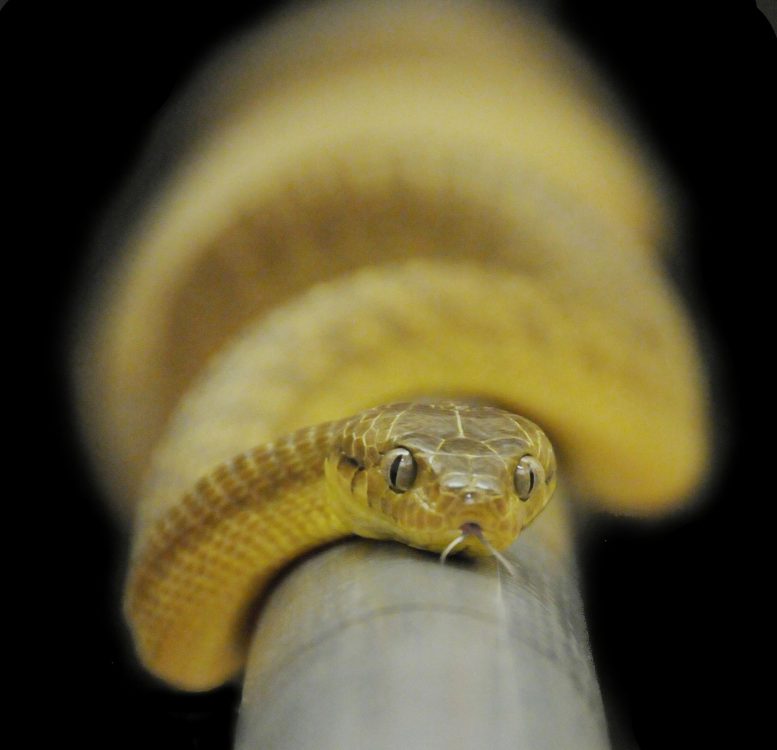


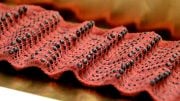

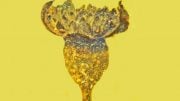


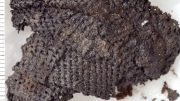
The snakes are inventing new ways to get at me? Get onto the space station, now!